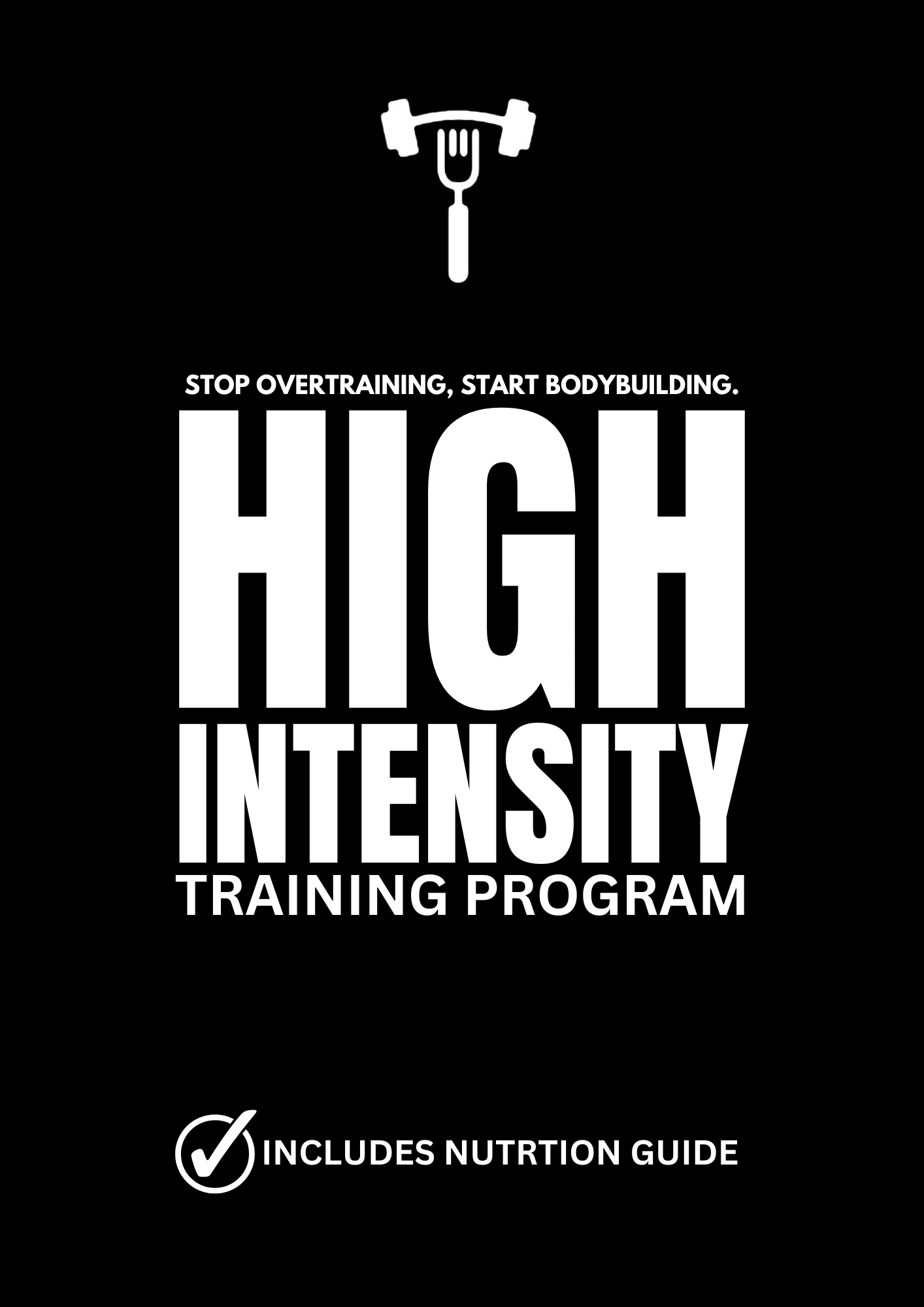The Power of Rest Pause Training

In the ever-evolving world of bodybuilding, enthusiasts and athletes alike are constantly seeking innovative methods to achieve unprecedented muscle growth and strength gains. One such method that has gained acclaim among advanced bodybuilders is the Rest Pause Training technique. In this article, we will delve into the principles and benefits of Rest Pause Training and explore how it can revolutionize your training routine.
Understanding the Philosophy of Rest Pause Training
Rest Pause Training deviates from traditional methods by placing a strong emphasis on maximizing muscle fiber stimulation in minimal time. Rooted in the high-intensity training philosophy, this technique demands near-maximum exertion to elicit muscle growth more effectively.
Unlike conventional sets, Rest Pause Training involves performing one near-maximum repetition, followed by a brief rest period of 10 to 15 seconds. This cycle is repeated until 4 to 6 reps are achieved, ensuring that the muscles are continuously challenged. These short recovery periods enable maintaining a high level of intensity throughout the set.
By pushing close to your one-rep max, you can progressively increase the weight lifted during each session. This strategy maximizes the recruitment of muscle fibers, fostering significant muscle growth and strength gains over time.
Benefits of Rest Pause Training
1. Enhanced Muscle Hypertrophy: Rest Pause Training induces significant stress on muscles, leading to microtears in muscle fibers. This process promotes muscle hypertrophy, resulting in increased size and improved muscle definition.
2. Increased Strength and Power: The method contributes to the development of muscular strength and power. Regularly challenging yourself with heavier weights and shorter durations leads to impressive strength gains.
3. Efficient Time Investment: Rest Pause Training optimizes workout time by focusing on shorter, intense sets. This allows for a minimized training duration while maximizing the effectiveness of each session.
4. Mental Resilience and Focus: The intense nature of Rest Pause Training fosters mental resilience and discipline. The required focus and determination contribute to mental toughness, enhancing overall workout performance.
5. Plateau-Busting Potential: Incorporating Rest Pause Training into your routine helps break through training plateaus. The high-intensity approach shocks muscles into new growth, facilitating continued progress.
Safety Measures for Successful Rest Pause Training
To ensure the effectiveness and safety of Rest Pause Training, it's crucial to follow these safety measures:
1. Proper Warm-up: Begin each session with a comprehensive warm-up routine, including dynamic stretches and light sets to prepare muscles, joints, and the nervous system for high-intensity lifts.
2. Master Technique: Perfect form and technique for each exercise before attempting heavy lifts. Proper alignment, breathing, and a solid foundation are essential for safety and optimal performance.
3. Gradual Progression: Progress incrementally to avoid compromising form or overloading muscles excessively. This approach reduces the risk of injury associated with dramatic weight increases.
4. Spotter Assistance: When attempting extremely heavy lifts, always have a qualified spotter present to provide assistance and ensure safety.
Sample Rest Pause Workout For Chest
1. Pec Deck: One set of six reps with a 10-second rest/pause between each rep.
2. Hammer Chest Press: One set of six reps with a 10-second rest/pause between each rep.
3. Negative Dips: One set of eight negative-only reps.
Incorporating Rest Pause Training into your regimen can be a game-changer, pushing your body to new limits and unlocking untapped potential for muscle growth and strength gains. Remember to prioritize safety, stay focused, and enjoy the transformative journey toward a stronger, more sculpted physique.

